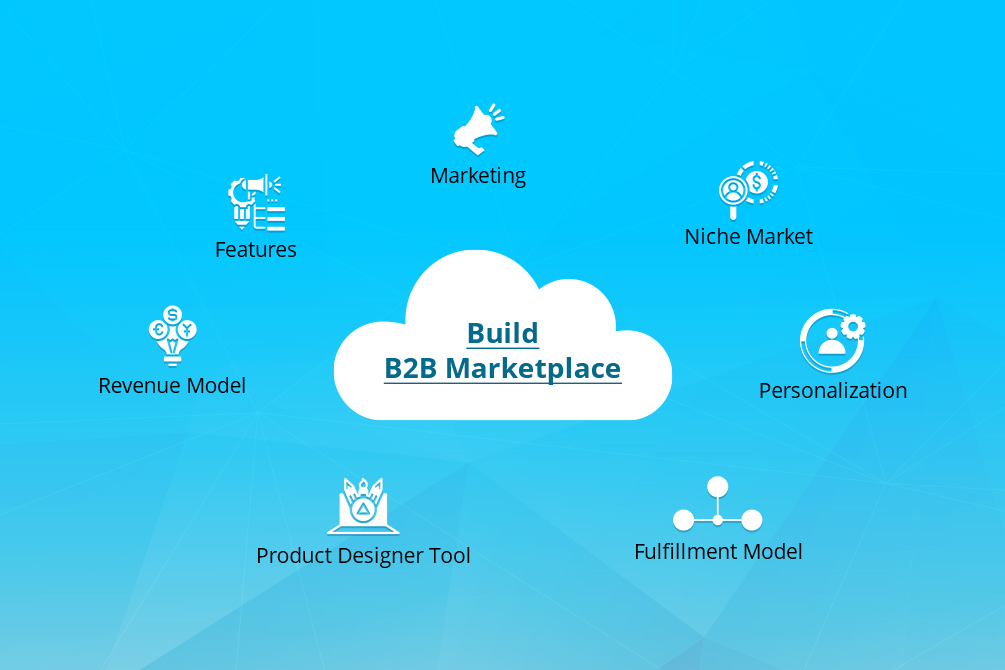ROI (Return on Investment) is simply dividing your net profit by total investment. But, it’s not that simple. It’s a lot more than a simple formula.
Well, especially if you are in an online printing business. The investment might include 100 things like printing costs, website maintenance cost, material sourcing, product designer tool (if you are providing customized printing), machinery, salaries, and whatnot. The list is endless.
To calculate any ROI, first, you have to understand your net profit. It’s complicated math. If you are selling your products directly to customers i.e. retail e-commerce, then you have to be a crazy genius to calculate your net profit.
Of course, there are software and apps to help you out, but you will have to fix the deciding parameters to calculate your net profit. So, in this blog, we have tried to crack down on a simple formula to calculate ROI to help you understand the math of your business.
But before you start calculating your ROI, you need to set benchmarks considering multiple aspects of your business.
Let’s see how you should set ROI benchmarks:
How to Set ROI Benchmark for Your Printing Business
For ROI, you have to first calculate profit margin which is dividing your gross profits by the total revenue. Gross profit is the remaining amount you get by deducting the actual cost from the revenue.
So, if you want to sell X product for $200 and the actual cost of the product is $120 then your gross profit will be:
$200 – $120 = $80
And your profit margin would be: $80/$120 = 0.67
Converting this margin into percentage: 0.67 x 100 = 67%
And that should be your ROI benchmark. Your investment in product X will be successful if your team can achieve 50% or more of this target.
Before setting the ROI benchmark, you should consider the following things:
- The period of break-even
- The Pricing & Marketing Strategy for the break-even period
- Marketing budget & strategy to achieving ROI goals
Considering these things will help you anticipate the course to follow for your business.
Now let’s move to the actual calculation of your ROI.
Step 1: Number of Orders/Per Day
Take out your spreadsheets and fill in the data with the number of orders you get on a daily basis. Pick a specific period for ROI calculation. The period can be a year or it can be a major milestone where you made big changes in your business model.
Let’s say your e-commerce platform used to be a proper apparel website but now you’ve added a product designer tool to provide product customization to your customer base. This is clearly a major change where your targeted audience changed, you added an asset and few more vendors like printers, designers, etc. So, ideally, you should calculate your return on investment when you make such a major change.
Let’s see how it’s done.
Now, take data of that specific period. Then, divide the total number of orders with the total number of days.
Pro Tip: You would want to consider all the days and not just the business days if you are printing in-house. As assets like office space, machines, etc. depreciate every day.

With this formula, you will have the average number of orders per day. This number directly reflects the success or failure of your pricing strategy.
Step 2: Average Order Value
This you might have already anticipated. As the name suggests, you will just have to divide the total revenue with the number of orders.

This number helps you evaluate your online marketing efforts and also shed some light over the performance of your pricing strategy.
Average Order Value can be set as one of the KPIs for your printing business. You can easily evaluate your strategies and set goals based on this.
Keeping this metric as one of your KPIs will help you understand your market.
For instance, if you’ve kept your AOV as $200 but in real-time, it’s $80 that means your products are not reaching your targeted audience. They are more acceptable by people with the lower-income group. And based on this, you can tweak your strategies & produce content accordingly.
Once you’ve calculated Average Order Value, it’s time to understand your total number of orders.
Step 3: Bifurcating the Avg. No. of Orders (Some complicated math ahead)
Next step includes bifurcating the average number of orders into two parts. Orders from the recurring and the new customers.
For this data, you can go to Google Analytics and take note of the unique purchases against the total number of purchases. Also, make sure you are looking at the data of the specified time period.
Using GA, understand the ratio of new users to return users and consider the goal conversion values against these metrics. Now, once you calculate the ratio, apply the same to the average number of orders. Doing so, you will get these two numbers:
- No. of orders per day from new customers
- No. of orders per day from repeat customers
With these two metrics, you will be able to track and compare the ROI of your online as well as traditional marketing efforts.
For instance, if your orders have seen a spike in the last month, find out what did you do differently in either marketing or sales department.
And to calculate the ROI of such efforts, you will have to divide the cost of investment with the number of increased orders after the implementation of a particular strategy. That number will give you the cost per acquisition. And then subtract the total cost of increased orders from the total revenue.
Let’s say your total investment is $1000 for implementing an XYZ strategy and in the last quarter, you experienced a hike of 100 orders.
So, your CPA will be: 1000/100 = $10
Pro Tip: The value of the CPA should be equal to or less than the Average Order Value (AOV). If it’s the same as AOV means you are breaking even and if it’s less than AOV then you are actually making a profit. You will just have to optimize your strategy and increase your profit margins then.
Now, let’s deduct the total cost of extra orders from total revenue of those orders.
Your revenue from 200 customers totals to $3000 including the extra 100 orders. Revenue from an individual customer would be 3000/200 = $15.
So, total revenue from your newly acquired 100 orders would be 15í—100 = $1500
Profit = Total revenue – Total Cost = 1500 – 1000 = $500
That’s how you can calculate ROI on your marketing efforts and understand the success & failure of your pricing strategy.
Conclusion:
Numbers mean many things & can show you the right path. You just have to ask the right set of questions to grow your business.
All product and company names are trademarks™ or registered® trademarks of their respective holders. Use of them does not imply any affiliation with or endorsement by them.














